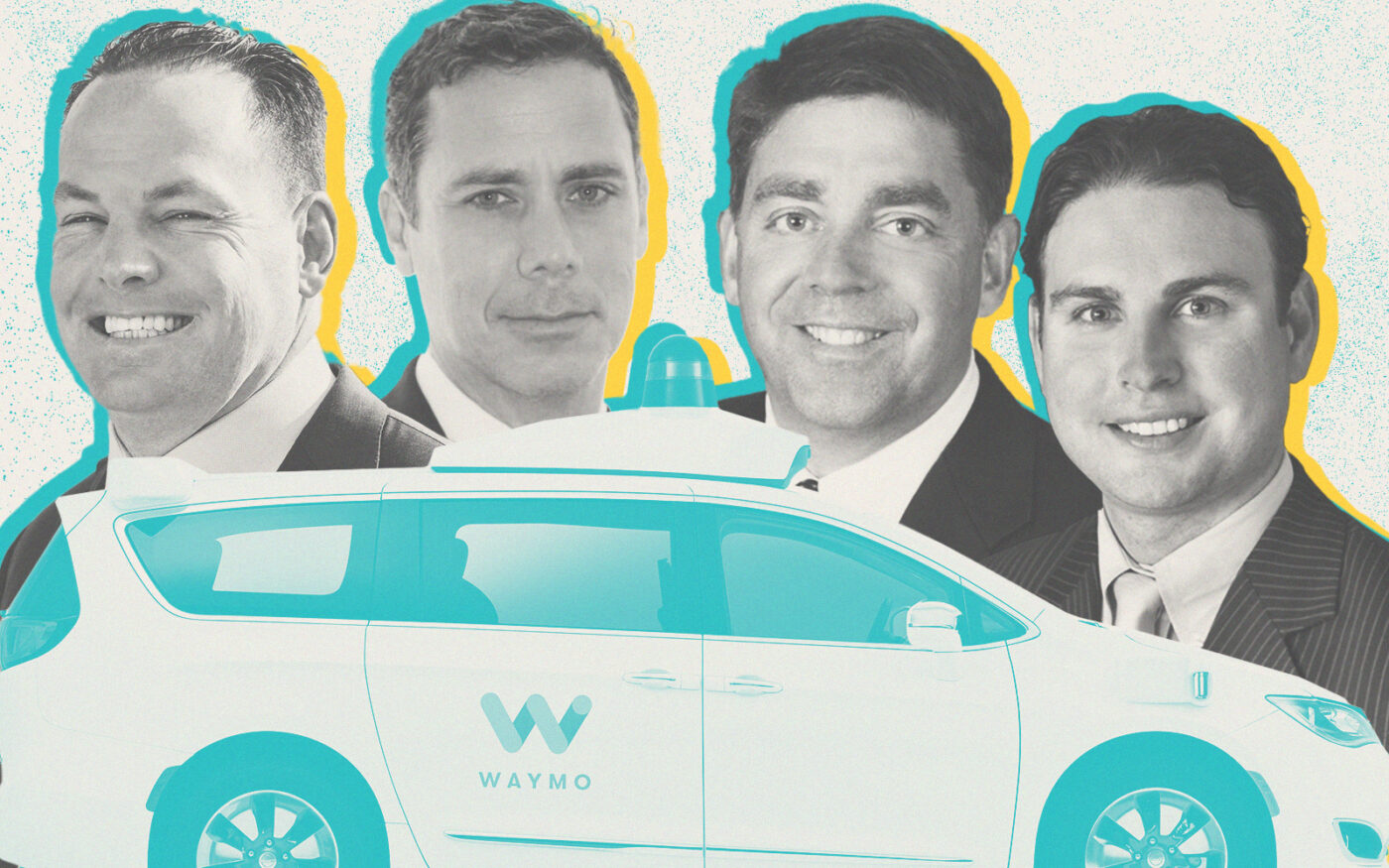
EVs, autonomous cars drive SF’s industrial market
Self-driving and electric vehicle companies want a place to park in the city

While most of San Francisco’s commercial market is still spinning out, industrial agents and data analysts say that the warehouse market has remained robust given the lack of updated supply and increased demand from electric and autonomous car companies.
Self-driving car companies including Waymo and Cruise had only just begun pilot programs in 2019, so demand “really manifested within the last three years,” according to Alexander Quinn, director of research for Northern California at JLL.
A first quarter 2023 industrial report from Yardi shows the Bay Area was up to an average rent of $12.24 per square foot in February 2023, more than 7 percent higher than the same time last year and slightly higher than the national industrial increase in the same time frame. The average signed rent in the last 12 months was even higher at nearly $13.50, compared with about $9 nationally.
Electric vehicle manufacturers will be the big movers in the industrial market over the next few years, according to the report.
“Driven by government incentives and a race among automakers to grab market share, the electric vehicle industry looks poised to fuel growth in the industrial sector for years to come,” it reads.
Old inventory
Unfortunately, the city’s aging warehouses mean that few buildings have the high ceiling heights, ample electrical supply and large 10,000-square-foot-plus floorplates self-driving and electric car companies need, Quinn said via email. Without significant upgrades to its warehouses, San Francisco is missing out on some of the “employment-generating businesses who would prefer to operate within the city, but will need to seek space outside of the city simply due to a lack of supply.”
A JLL fourth-quarter industrial report found that while move outs in San Francisco led to negative absorption of about 95,000 square feet in 2022, overall demand continued and the market maintained a vacancy rate below 5 percent, with manufacturing inventory higher than warehouse inventory. Vacancy rates hit double digits only in lower SoMa and Showplace Square, where Amazon.com had worked on a 725,000-square-foot warehouse until the San Francisco Board of Supervisors put an 18-month moratorium on building new delivery facilities last spring amidst community opposition.
But while Showplace Square shows signs of new investment, like a new ground-up R&D facility from Spear Street Capital that recently topped out, SoMa continues to be hit the hardest of all the industrial neighborhoods, according to Joe Harney of Reliance Real Estate Advisors, due in part to its older, outmoded buildings.
“If you have low power, good luck” in finding a tenant, he said, adding that wait times for PG&E to add the 4,000 amps per acre that car companies need are an average of 18 months.
Depending on the property type, SoMa rents have dropped by 50 percent in the last year, Harney said, with increasing vacancy as leases expire. More generally, lease rates for smaller warehouses around 10,000 square feet “softened” in the fourth quarter, though he did not anticipate rents dropping further.
Harney said that larger facilities were being leased quickly by “fleet operators” such as Google-owned Waymo and General Motors-owned Cruise, as well as a “host of electric car charging companies,” assuming the buildings can handle the high power load required. Waymo also made a more permanent commitment to its office presence in the city in the first quarter of this year by taking a direct 78,000-square-foot renewal on a Financial District sublease it took over from Uber in 2021.
Industrial sales
On the sales side, larger properties continued to trade even amid an overall market cooldown last year and prices “remained resilient given the demand from REITs,” Harney said. He added that demand had slowed by the fourth quarter due to changes in the capital markets.
Prices began to soften as money got more expensive, agreed Mark Melbye of Kidder Mathews, though there is limited inventory to choose from, keeping them from sinking too low.
Melbye said “last-mile delivery” companies were one of the big movers in the market, putting parking at a premium. At the end of last year, Google leased a 3.5-acre site between Potrero Hill and the Bayview for double the going rate because there are so few large parking sites available.
“There are some buildings that are languishing out there because they don’t have enough parking,” Melbye said. “If you have something with decent truck staging, it’s going to move.”
Joe Cammarata of Kidder Mathews said that overall, the story of the last year in San Francisco as well as the Peninsula has been one of limited inventory. That holds for manufacturing tenants who need 30,000 to 50,000 square feet and the tradespeople who typically leased the 5,000- to 10,000-square-foot spaces all heading deep into the East Bay.
“The landlords that own these industrial buildings are definitely calling the shots right now,” he said.
Read more







